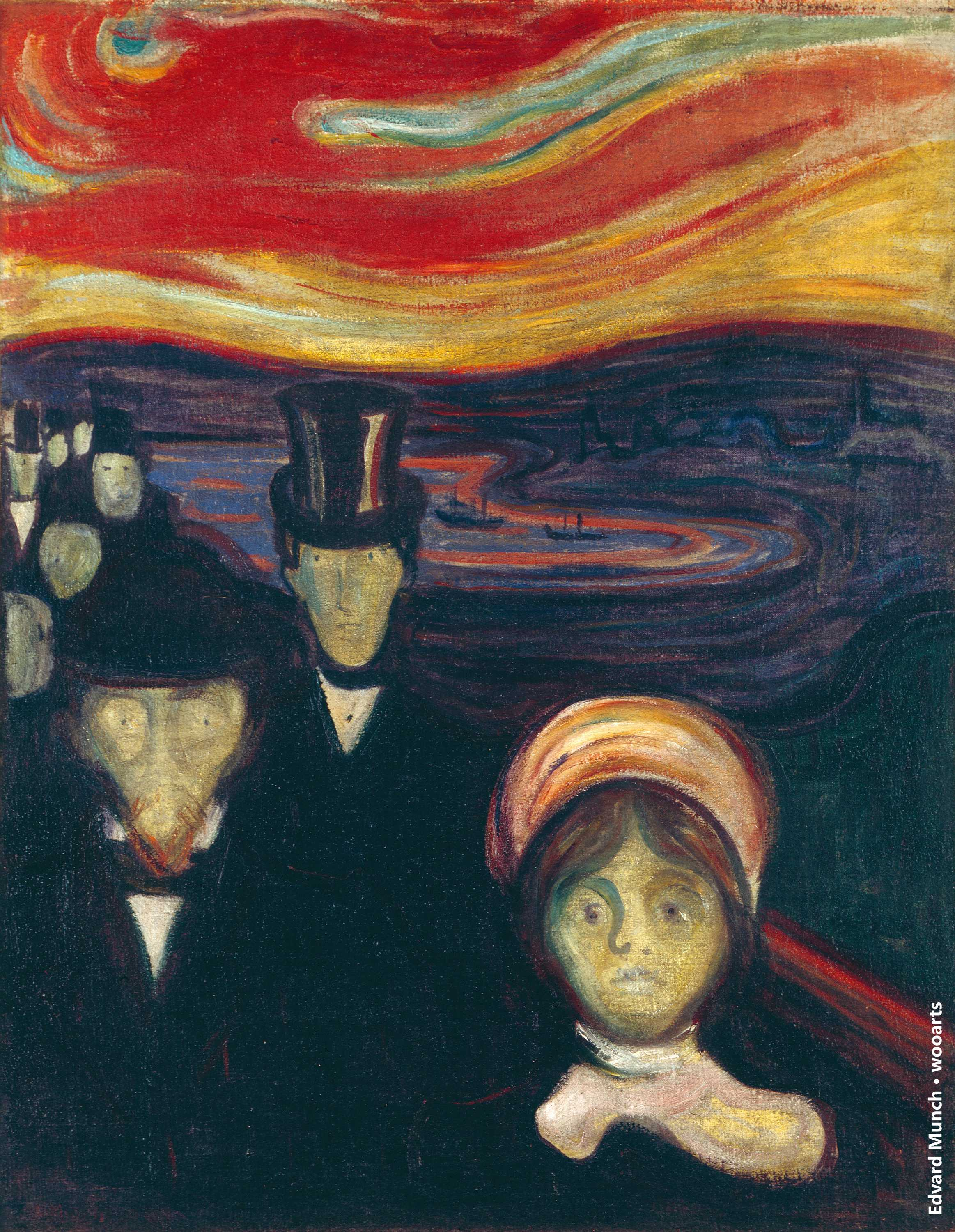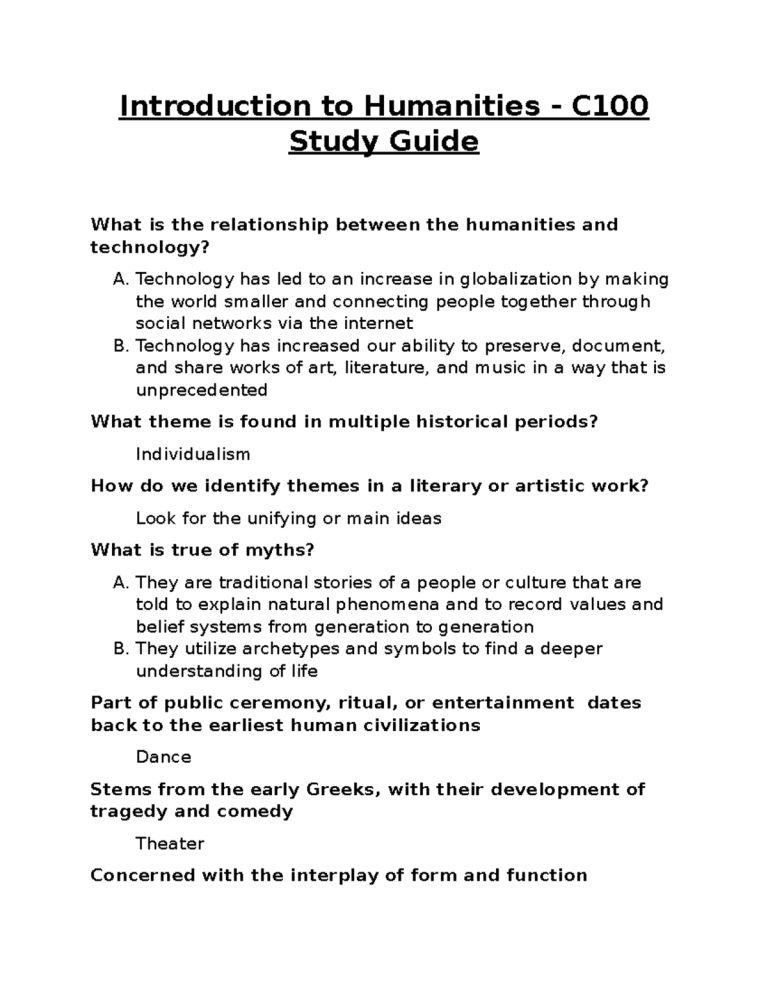Edvard Munch, the renowned Norwegian painter and printmaker, is celebrated for his emotionally charged works that capture the complexities of human experience. Among his most famous motifs is “Two Human Beings (The Lonely Ones),” a haunting depiction of isolation that has captivated audiences since its inception. The recent exhibition at the Harvard Art Museums reveals the depth of Munch’s artistic journey, showcasing his fascination with this theme over four decades through various Munch art techniques, including painting and printmaking methods. Visitors can explore Munch artworks analysis, discovering how he manipulated color and form to convey a sense of longing and connection, all while engaging with the rich history surrounding the Two Human Beings exhibition. Dive into the intricacies of Munch’s visionary style, as the exhibition invites viewers to consider the artist’s evolution and the emotional resonance of his work.
Within the captivating realm of art, Edvard Munch stands out as a pivotal figure whose contributions to the Modernist movement reshaped artistic expression. Known for his exploration of psychological themes, Munch’s works often reflect the interplay of human emotions and existential commentary. His iconic piece, “Two Human Beings (The Lonely Ones),” anchors an examination of companionship and solitude, drawing attention to the nuances of human relationships. As seen in the ongoing showcase at the Harvard Art Museums, Munch’s innovative approach to printmaking and painting techniques offers profound insights into his craft. The analysis of Munch’s oeuvre, particularly through his recurring motifs, encourages art enthusiasts to engage deeply with the layers of meaning behind each work.
Exploring Edvard Munch’s Artistic Techniques
Edvard Munch’s body of work is a rich tapestry of artistic techniques that vividly express the human condition. His mastery of color and form is evident in his iconic pieces, such as ‘Two Human Beings (The Lonely Ones),’ where contrasting hues evoke complex emotions. Munch’s approach to painting often saw him blend traditional methods with innovative styles, creating a unique visual language that resonates with audiences even today. He was particularly adept at layering paint, which added depth to his work, allowing viewers to see beyond the surface and into the psychological depths he sought to convey. The use of thick brushstrokes juxtaposed with areas of bare canvas emphasizes his unconventional yet considered technique of painting that defies standard expectations of polish in art.
Moreover, Munch’s explorations in printmaking further illustrate his artistic versatility. Utilizing methods such as woodcut and metal-plate etching, he was able to reproduce ‘Two Human Beings’ in numerous iterations, each time adding subtle variations that challenged viewers’ perceptions. His printmaking processes, particularly the jigsaw method of separating elements for individual inking, showcased his understanding of spatial relationships and narrative density within an artwork. This innovative technique not only changed how he depicted human figures but also redefined their integration within landscapes, allowing for dynamic interactions that were not present in his earlier works. Through these multifaceted strategies, Munch created a lasting impact that continues to influence contemporary artists.
The Significance of the ‘Two Human Beings’ Exhibition
‘Two Human Beings (The Lonely Ones)’ stands as a profound exploration of connection and isolation, themes that remain relevant across generations. The ongoing exhibition at Harvard Art Museums invites viewers to dissect Munch’s intent and the evolution of this motif over forty years. Scholars and art enthusiasts alike are provided with a comprehensive analysis of various iterations, showing how each version serves not just as an artwork but as a chronicle of Munch’s artistic journey. This particular exhibition sheds light on the psychological nuances of the figures, uncovering layers of meaning that extend beyond mere loneliness—expanding into realms of companionship and contemplation.
As viewers engage with Munch’s repeated explorations of the same theme, they are encouraged to appreciate not only the aesthetic qualities but also the technical innovations that Munch employed. The exhibition highlights key moments in the artist’s lifecycle that influenced these works, revealing how Munch’s own experiences fed into the creations. By incorporating diverse formats—paintings, prints, and sketches—the exhibit illustrates a rich dialogue between his various methods. This demonstrates not only Munch’s relentless pursuit of artistic expression but also how his works serve as a bridge connecting his emotional landscape to the broader societal context, thereby allowing for a timeless conversation on human experience.
Understanding Munch’s Printmaking Methods
Edvard Munch’s printmaking techniques are as varied and imaginative as his paintings, contributing significantly to his legacy as an artist. His innovative use of woodblock prints particularly highlights his experimental nature, as seen in his reimagining of ‘Two Human Beings.’ Munch employed a jigsaw method, carefully cutting each part of the composition into separate pieces, which allowed him to apply colors independently. This method not only provided a visual dynamism but also a tactile quality, where each print could embody a unique character and emotional weight shaped through color selections. Such printmaking methods not only expanded the accessibility of his work but also emphasized the collaborative nature of art distribution in that era.
Munch was also known for embracing imperfections in his prints, celebrating the nuances that came from minor misalignments or variations in ink application. This willingness to acknowledge flaws parallels the emotional themes represented in his work, as he sought to portray a more authentic and human experience. The resulting pieces often conveyed a sense of urgency and spontaneity, allowing observers to feel the emotional energy that permeated his practice. By breaking conventions of traditional printmaking, Munch set the stage for future generations of artists to explore the intersections of craftsmanship and emotive expression in their own right.
The Emotional Depth of Munch’s Figures
The figures depicted in Edvard Munch’s ‘Two Human Beings’ are not merely representations of human forms; they are embodiments of complex emotional landscapes. Critics have often interpreted these figures as symbols of loneliness and isolation. However, deeper analysis reveals a more nuanced relationship between the man and woman. Munch’s choice to position them facing away from the viewer creates a sense of mystery and contemplation; they are in their own world, connected yet distanced by the vastness of the sea. This portrayal invites viewers to reflect on their own experiences of solitude and intimacy, suggesting that connections can exist amidst feelings of alienation.
Furthermore, Munch’s use of color underscores the emotional depth of these figures. The vibrancy or desaturation of hues can influence the viewer’s perception of their relationship, transforming the reading of the artwork from one of mere despair to one of shared experience. For instance, the interplay of light and dark in his paintings often conveys a sense of tension and release, mirroring the complexities of human relationships. As time flows through the various iterations of ‘Two Human Beings,’ it becomes evident that the continual exploration of these figures was Munch’s way of unraveling the profound emotional connections humans share, going beyond the surface to address themes of love, contemplation, and existential connection.
Interpreting the Loneliness in Munch’s Art
While Edvard Munch’s ‘Two Human Beings’ has often been read through the lens of loneliness, this interpretation might oversimplify the depths of the artwork. The figures on the shore, though physically together, experience a moment of introspection that transcends mere separation. Munch’s titles and repeated returns to this theme reflect his awareness of public interpretation and his willingness to engage with the emotional complexities it invites. The subtle shifts in each painted iteration suggest a dialogue with the viewer about the multifaceted nature of human relationships, inviting them to ponder whether true loneliness exists even when in the company of another.
Moreover, Munch’s approach reveals that feelings of companionship may coexist with isolation. The separation between the man and woman does not imply a lack of connection; rather, it highlights the dynamic interaction between intimacy and distance. As noted by curator Lynette Roth, there is a progression in how these figures are painted over the years—from rigid forms to more fluid expressions, suggesting a deepening understanding of human emotions. Each layer of paint, each print, embodies a fresh narrative that invites viewers to confront their own emotions, reflecting that isolation can often lead to contemplation and deeper connections with oneself and the world.
The Influence of Munch on Modern Art
Edvard Munch’s artistic innovations have had a lasting impact on the development of modern art, particularly in their exploration of psychological themes. His ability to convey complex emotional states through unorthodox techniques has inspired countless artists. Munch’s works, such as ‘The Scream’ and ‘Two Human Beings,’ have become icons of modern expressionism, demonstrating that art can extend beyond pure aesthetics to delve into the human psyche. This psychological emphasis makes his work particularly resonant today as artists continue to grapple with similar themes in their practices.
Additionally, Munch’s pioneering spirit in printmaking methods laid the groundwork for future experimentations in the medium. By embracing imperfections and focusing on emotional resonance rather than technical perfection, he opened the door for subsequent artists to explore new narratives within their works. This duality of emotional and technical exploration has cemented Munch’s relevance in both art history and contemporary discussions of art. His influence continues to be felt in modern exhibitions and art movements that strive to balance emotional depth with innovative practices, showcasing the timelessness of Munch’s artistry.
The Legacy of Munch’s ‘Two Human Beings’
The legacy of Edvard Munch’s ‘Two Human Beings’ extends beyond its physical presence in galleries; it serves as a continuous source of inspiration and analysis in the art world. The work’s emotional complexity and evolving interpretation underscore Munch’s understanding of human experience. By revisiting this motif throughout his career, Munch not only chronicled his artistic journey but also reflected the broader uncertainties of emotional connection and isolation prevalent in society. Each piece within the ‘Two Human Beings’ series invites scholars and viewers to engage with the themes of companionship and estrangement, reinforcing why Munch remains a pivotal figure in discussing modern art’s relationship with existential themes.
Moreover, as exhibitions like ‘Edvard Munch: Technically Speaking’ showcase, exploring this motif becomes a lens through which audiences can examine their understandings of human relationships. The myriad iterations provide a wealth of material for analysis, allowing art historians and critics to derive meaning from not only the works themselves but also from Munch’s evolving techniques and perspectives over decades. This encourages a dialogue not just about loneliness but also about the potential for connection through understanding and engagement. Munch’s work lives on, reminding contemporary audiences of the complexity of human emotions and the shared experiences that transcend time.
Frequently Asked Questions
What are some of the key Munch art techniques displayed in ‘Two Human Beings’ exhibition?
The ‘Two Human Beings’ exhibition highlights Edvard Munch’s innovative art techniques, such as mixed-media applications, layering of oil paint, and the use of vibrant color schemes. Munch often allowed areas of the canvas to remain unpainted, creating a dynamic quality in his works. His printmaking methods, including woodcut and etching, also play a crucial role in showcasing these techniques.
How does the ‘Two Human Beings’ exhibition at Harvard Art Museums reflect Edvard Munch’s artistic journey?
The ‘Two Human Beings’ exhibition at Harvard Art Museums reveals Edvard Munch’s artistic evolution over 40 years through various iterations of the motif. Each version showcases different techniques in painting and printmaking methods, illustrating Munch’s exploration of themes like isolation and companionship, and how his art reflects emotional depth and experimentation.
Can you analyze Edvard Munch’s artworks within the context of the ‘Two Human Beings’ theme?
Edvard Munch’s artworks featuring the ‘Two Human Beings’ theme can be analyzed as explorations of emotional connection and solitude. Through various printmaking methods and narrative techniques, Munch captures the tension of human relationships and individual psychological states. His use of color and form further emphasizes the underlying themes of companionship versus isolation.
What unique printmaking methods did Edvard Munch employ in his works featured in the ‘Two Human Beings’ exhibition?
In the ‘Two Human Beings’ exhibition, Edvard Munch’s unique printmaking methods include jigsaw techniques where Munch would cut wood blocks into separate pieces for individual inking, allowing for diverse color applications. This innovative approach enabled him to reconstruct motifs with variations, illustrating his mastery over printmaking.
What insights does the ‘Two Human Beings’ exhibition at Harvard Art Museums provide about the emotional themes in Munch’s works?
The ‘Two Human Beings’ exhibition sheds light on Edvard Munch’s exploration of emotional themes such as loneliness and connection. While the figures often convey isolation, there are nuanced interpretations of companionship, suggesting that Munch’s artworks encapsulate a broader range of human experiences, reflecting the complexities of relationships.
| Key Points |
|---|
| Edvard Munch’s ‘Two Human Beings (The Lonely Ones)’ explores themes of isolation and connection through the portrayal of a couple at the shore. |
| The artwork was created multiple times between 1892 and 1935, showcasing Munch’s evolving techniques and stylistic experiments. |
| Munch’s works include various forms including paintings, etchings, and woodcut prints, each displaying unique variations. |
| The figures in the artwork demonstrate a duality of solitude and companionship, challenging traditional interpretations of loneliness. |
| Munch embraced imperfections in his artwork, using them to convey emotion and dynamism in his pieces. |
| The exhibition at Harvard Art Museums encourages viewers to focus on Munch’s artistic process rather than his troubled personal life. |
Summary
Edvard Munch’s artistic journey is encapsulated in his recurring motif of ‘Two Human Beings.’ Through decades of exploration and experimentation, Munch managed to depict complex emotions of solitude and companionship in a profound yet innovative manner. His artistic evolution highlights not only his struggles but also his mastery in manipulating color and form, making his work increasingly relevant in the discourse of modern art. The current exhibition at Harvard Art Museums allows an in-depth understanding of Munch, revealing that his art serves not just as a reflection of his psyche, but also as an exploration of universal human experiences.




